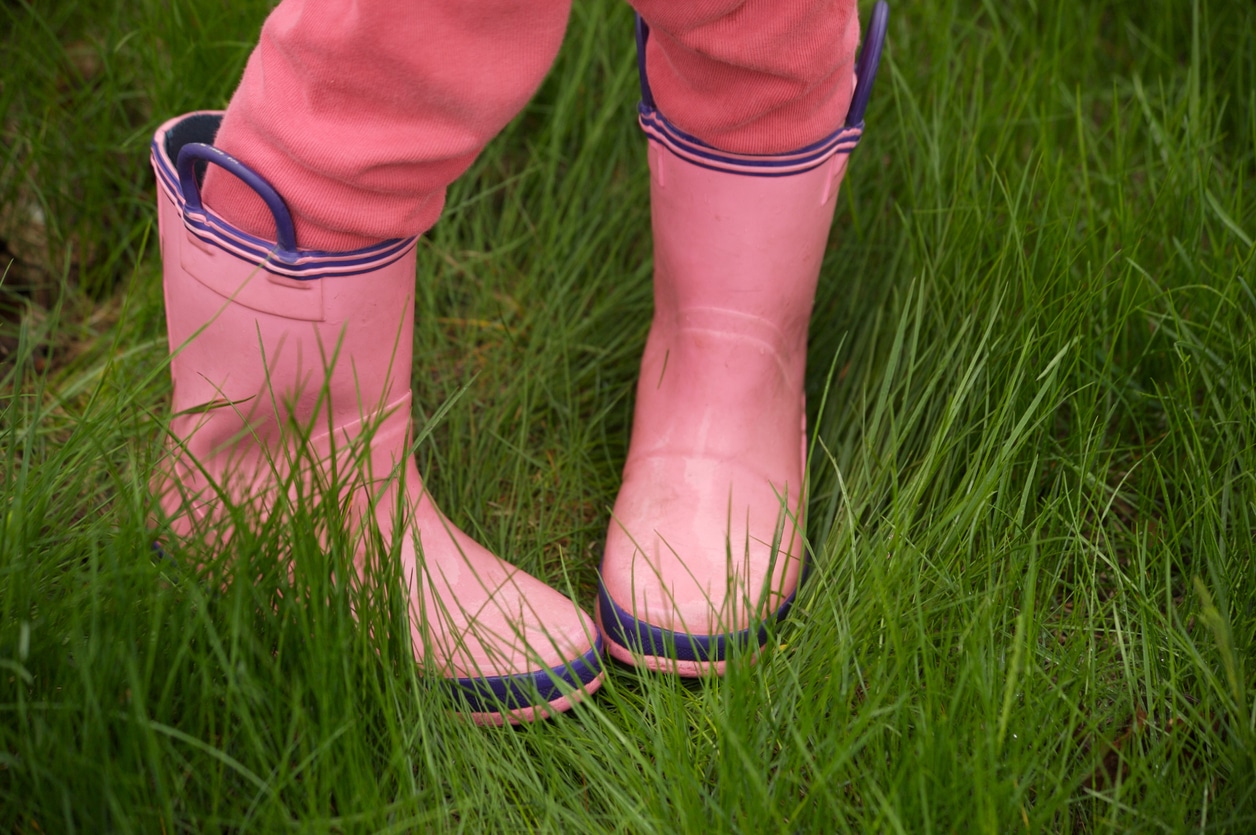Pigeon toes, or intoeing, is where a child’s feet points inwards when they walk. It is common in toddlers and young children and generally resolves by around 8 to 10 years of age. Intoeing can be the result of your child’s foot shape (metatarsus adductus) or a twist in their tibia/shin bone (internal tibial torsion) or femur/thigh bone (internal femoral torsion).
Where intoeing is mild and symmetrical it does not require investigation. Generally all that is required is to watch and wait. Where pigeon-toeing is the result of torsion in the leg bones it will usually improve spontaneously. As this is a bony issue, there are no exercises or shoes that will help. Sometimes intoeing is the result of ‘banana’ shaped feet (metatarsus adductus) which curve inwards. This is usually a flexible condition caused by your child’s foot muscles and which will also improve with age. Occasionally metatarsus adductus is a bony issue – in which case your child’s feet will feel stiff. If you are not sure, you should see your GP or physiotherapist for assessment.
Many parents’ main concern is their child’s tendency to trip and fall seemingly over nothing. This almost always decreases with time as your child learns to adapt to their foot position. Keeping your child active and giving them lots of opportunities to practise their movement skills will help them learn to adapt. Some children with twisting of their thigh bone/femur will w-sit. W-sitting is not believed to be harmful however it might be beneficial to encourage your child to sit with crossed legs instead.
When should I get my child’s legs checked?
In rare cases, intoeing can be severe (feet pointing inwards 45degrees or more) or asymmetrical. Where this is the case, you should see your GP so they can assess if you need to see a physiotherapist for further assessment or an orthopaedic surgeon for management.

